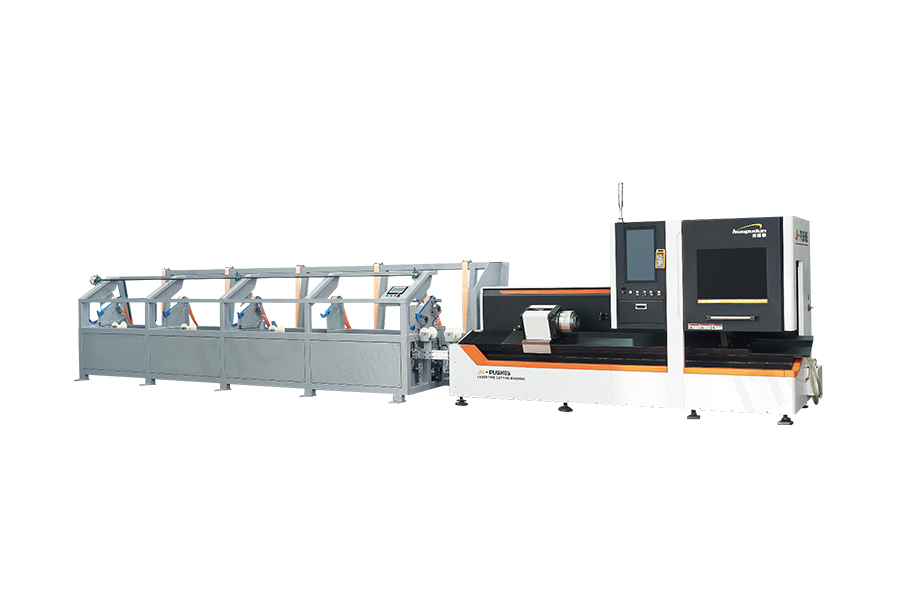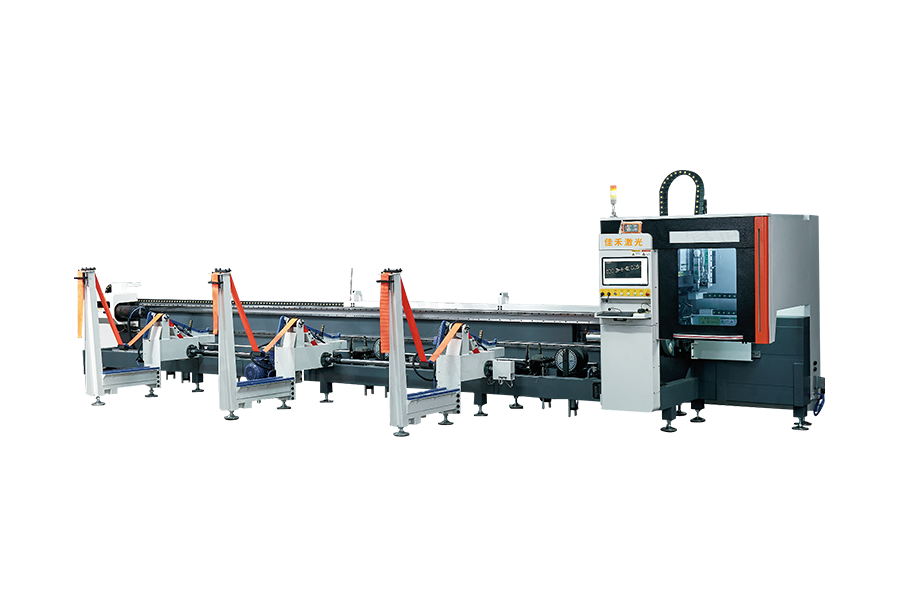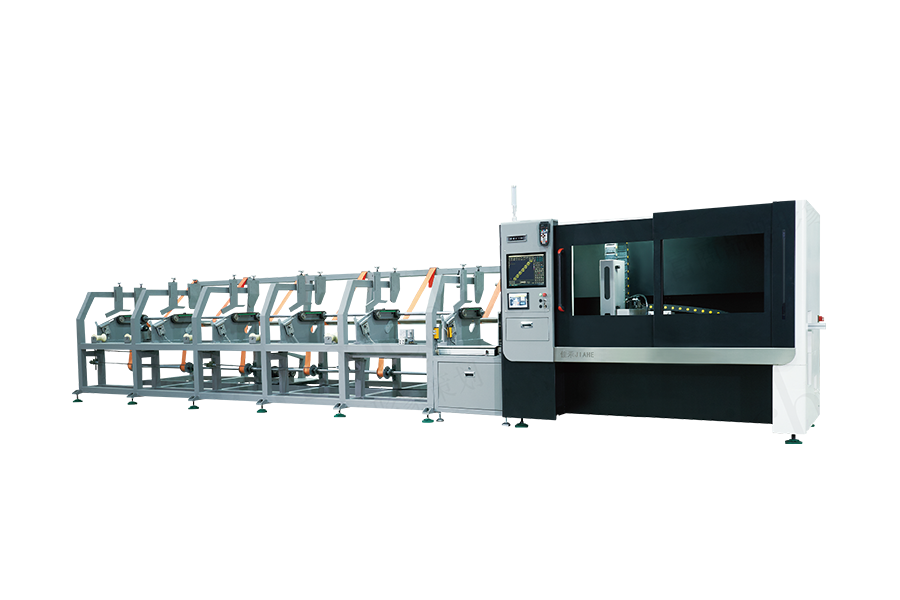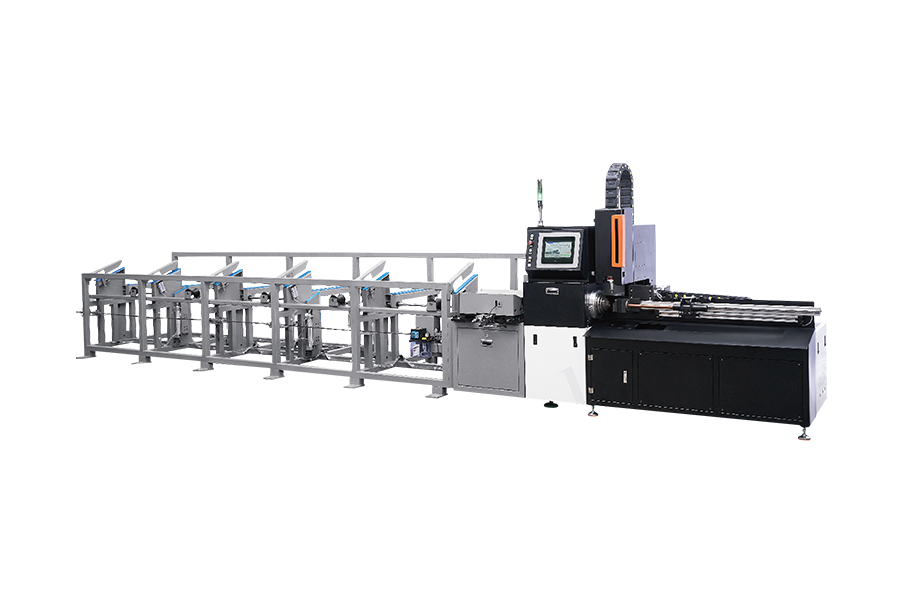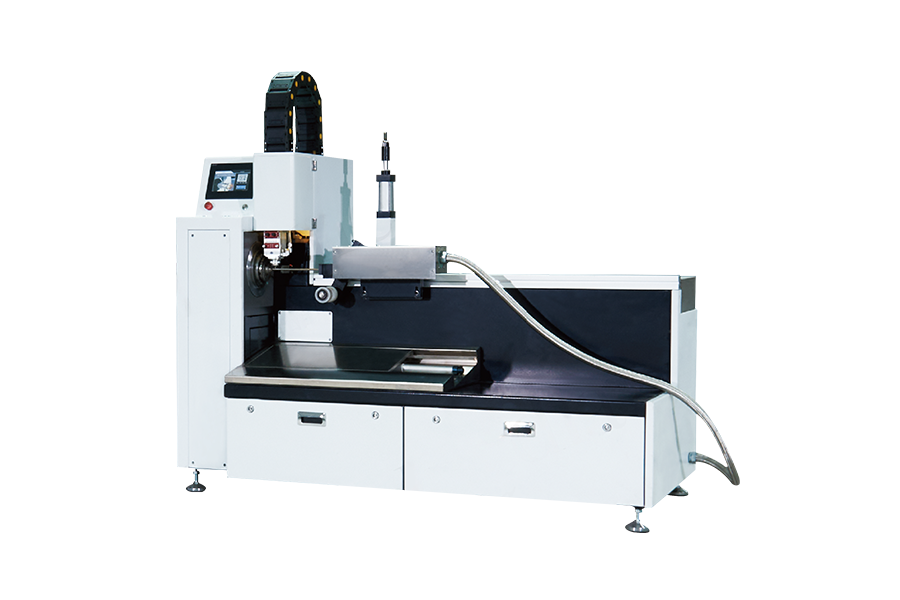Professional R&D, production, sales and after-sales integration.
We have many years of experience in R&D of automation technology and laser technology
In recent years, metalworking industries have been steadily shifting toward more advanced fabrication technologies. One key area of transformation is in the way pipes and tubes are processed. Among the significant developments in this field is the growing use of CNC Laser Pipe Cutting, a method that is steadily reshaping how materials are prepared and shaped across a range of sectors.
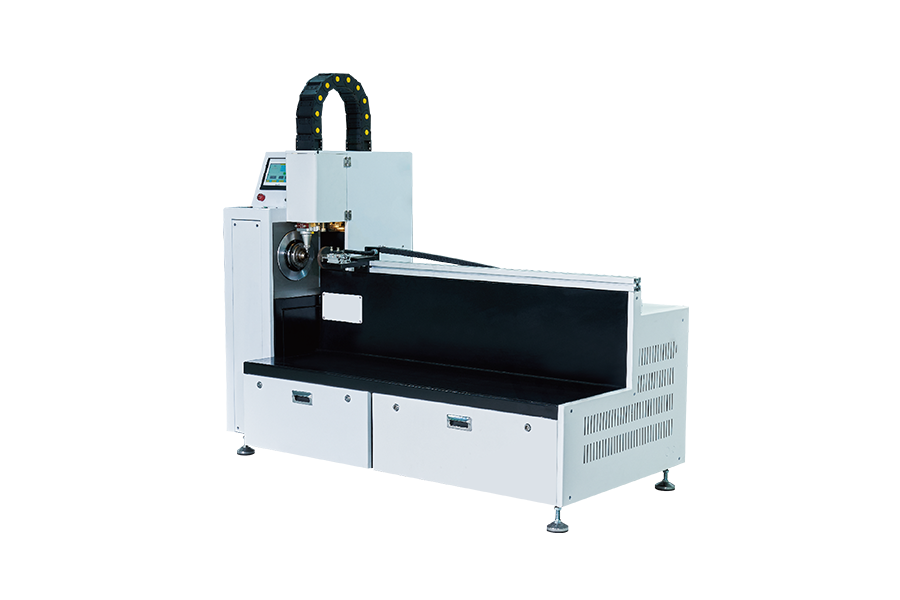
Traditional fabrication methods for cutting metal tubing often rely on manual operations or mechanical systems that require multiple handling steps. This can introduce inconsistencies, waste, and longer turnaround times. The integration of metal tube cutting machines designed with CNC laser capabilities changes this equation by automating the process with higher levels of precision and repeatability.
One of the core advantages of CNC Laser Pipe Cutting lies in its ability to manage complex shapes and cut patterns directly from digital input. This eliminates the need for additional tools or time-consuming set-up processes. From rectangular to circular tubes, or even more irregular profiles, a properly calibrated metal tube cutting machine can handle a wide variety of geometries with small manual intervention.
Manufacturers have found that CNC Laser Pipe Cutting allows for cleaner edges, tighter tolerances, and reduced material deformation. This is particularly important in applications such as construction frameworks, automotive components, and furniture production. Since the laser beam is concentrated and non-contact, there's less physical stress on the metal, resulting in fewer distortions compared to mechanical alternatives.
Another significant shift brought by this technology is how it supports lean production strategies. A metal tube cutting machine equipped with laser control helps reduce excess material use and can often combine several production stages into one seamless operation. For instance, cutting, beveling, and notching can all be performed by the same machine, depending on its configuration.
Companies that invest in CNC Laser Pipe Cutting systems often see advantages in scalability and product consistency. Whether producing small batches or large volumes, the repeatability of laser-controlled cuts ensures uniform output. At the same time, the systems are adaptable to a wide range of pipe sizes and wall thicknesses, giving greater flexibility to fabrication shops and production lines.
Moreover, the user interface of a typical metal tube cutting machine with CNC functionality is designed to be accessible even to less-experienced operators. With the right training, workers can input digital drawings and material specifications, allowing the system to take over lots of of the work. This shift in workflow also enhances workplace safety, as there is less need for hands-on cutting or manual positioning.
In addition to fabrication benefits, CNC Laser Pipe Cutting contributes to more efficient inventory and supply chain management. With the ability to produce components quickly and accurately, manufacturers can reduce stockpiling of pre-cut materials and shift toward just-in-time production models. This change reduces storage needs and helps maintain tighter control over production costs.
Despite the growing popularity of metal tube cutting machines using laser systems, some challenges remain. Initial investment and maintenance costs can be significant. However, for many operations, the long-term benefits in efficiency and material savings justify the commitment. As the technology matures, more cost-accessible models are becoming available, encouraging broader adoption.
The evolution of CNC Laser Pipe Cutting is a reflection of broader trends toward automation and digital integration in manufacturing. As industries continue to seek faster, more flexible, and more accurate methods of production, the role of this technology is expected to expand. With each advancement, metal tube cutting machines become more integrated into modern fabrication environments, helping redefine what is possible in metal processing.

 English
English 中文简体
中文简体 русский
русский